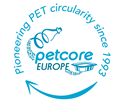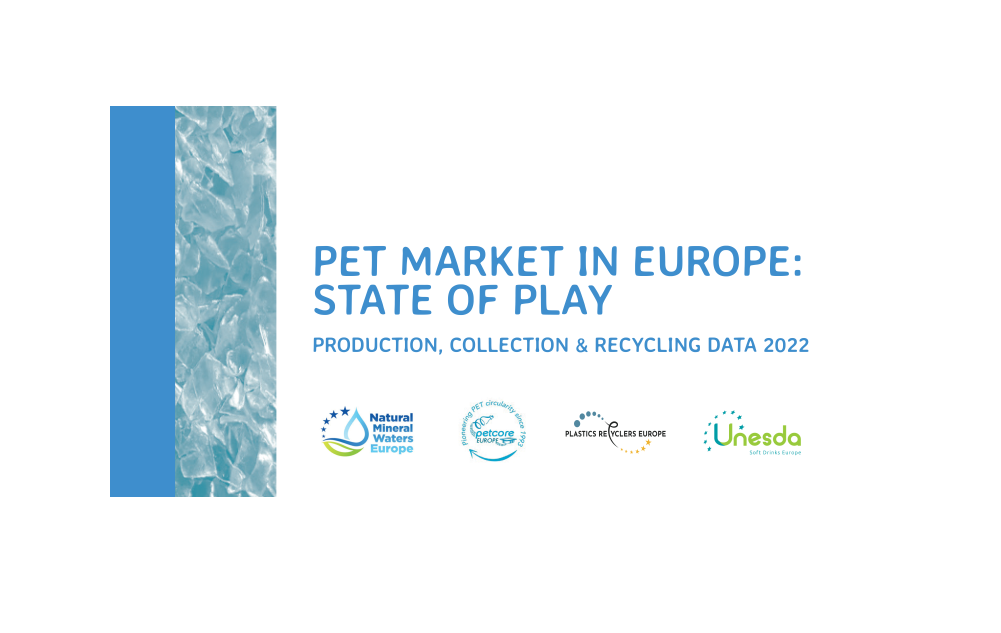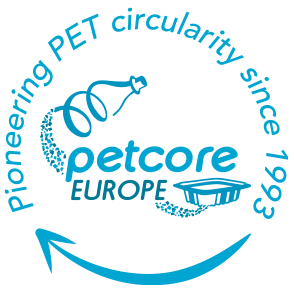PET on the road to circularity, but disparities are creating potholes. Average EU PET beverage bottles’ recycled content rate reached 24%, yet more work is needed to achieve the 2025 EU targets. 2022 was an unprecedented year for the PET and rPET value chains, as shown in the latest report. Despite extreme uncertainty, figures show advancement in the market. However, the disparities in the collection, sorting and recycling of PET around Europe will need to be addressed to achieve the EU recycling targets in the mid and long-term. PET collection and recycling accelerated in 2022 ahead of the new EU Single-Use Plastic Directive targets. The collection rate of PET in 2022 was 60%, showing an increase from the 45% achieved in 2020. Furthermore, the sorted for recycling rate for PET beverage bottles alone was estimated to be 75%, compared to 61% in 2020.
This collection rate is expected to keep growing in years to come, due to the wider rollout of deposit-return systems across Europe. In 2022, 12 countries in EU 27+3 were reported to have this collection method operational, while 9 have taken the political decision to install DRS in the near future. As for the collection, almost 2.7 million tonnes of PET waste were sorted for recycling. In addition, the total installed recycling capacity was around 3 million tonnes, out of which 1.4 million tonnes were destined for food contact applications. Packaging was the dominant end-use for rPET in 2022, with 48% used in bottles. This shows a very positive increase in bottle-to-bottle recycling in Europe. 25% of rPET was used in sheets (trays), and the remainder was used in non-packaging applications including polyester fibres (15%), strapping (6%) and others (6%). The value chain has also already taken steps towards tray recycling and chemical recycling. To continue the trend towards true circularity, the disparities between EU Member States in terms of collection, recycling and uptake will need to be tackled, as today some countries are not likely to meet 2025 targets if no further investment is maintained. Therefore, specific actions per Member State need to be addressed to improve the recycling infrastructure and take steps to meet the targets. The implementation of the SUPD and further investments in the waste management and recycling sectors will be essential to maintain the competitiveness of the EU’s industry.
To access the whole report, please click here.



